How to Become a Master Snacker (and *Actually* Start Craving Fruits and Veggies)
To answer that question, we turned to Stephanie Ketcham, MS, RD for her go-to strategies to boost your daily intake of produce to stay satiated without the falling into a carb coma.
As a registered dietitian with HMR Weight Management—which hooks you up with game-changing coaching and daily meal plans to help you create transformational changes—Ketcham has experience doling out advice about healthy-eating and snacking. HMR's pre-prepped meals mean you're covered for breakfast, lunch, and dinner, but the in-between times are perfect for fruit and veg (in fact, you're totally encouraged to eat as much as you want of them).
"Treating and nourishing your body properly can promote a sense of confidence, pride, and self worth."
"It’s amazing to think about how much more we can eat and snack when we choose to eat fruits and vegetables," says Ketcham, noting that the high fiber content and low calorie count make them especially filling (not to mention nutrient-dense). "Treating and nourishing your body properly can promote a sense of confidence, pride, and self-worth."
Moreover, Ketcham cites fruit and veggie consumption as helpful with calorie management and potentially reducing the risk of common health problems (like diabetes and heart disease). Also, it may help promote overall wellbeing. The benefits are clear—it's all a matter of shifting your daily habits.
Keep reading for 5 simple ways to become obsessed with fruits and veggies (and upgrade your snack routine in the process).
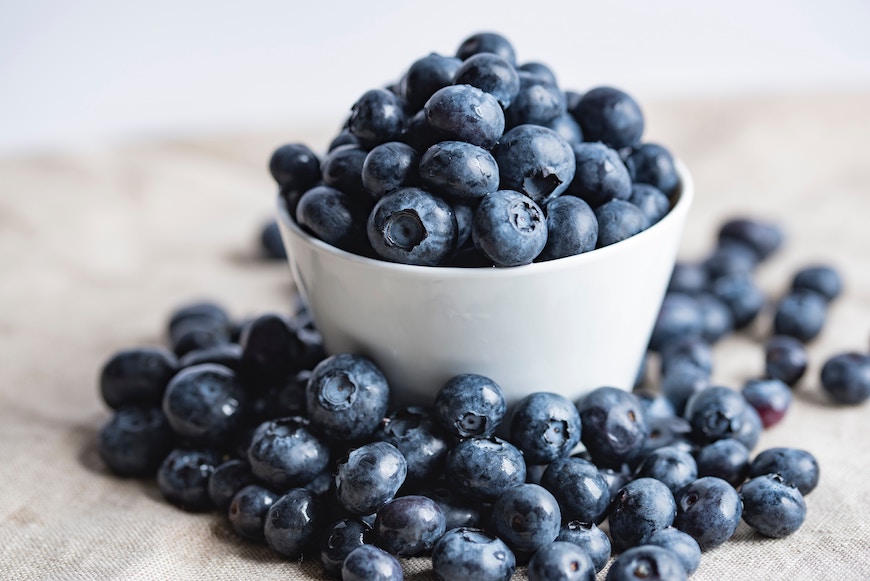
1. Start adding them to your usual meals
An easy way to double (or triple) your intake of nutritious eats is to incorporate them into your daily meals. “To keep it simple, start with a goal of consuming half a cup of fruits and vegetables at a time,” Ketcham says. "For example, add a handful of blueberries to your yogurt, mix corn or cauliflower rice into your dinner course, or add sliced tomatoes and avocado to your next chicken dish."
From there, you can incorporate fruits and vegetables into snack time. Pack homemade baked kale chips to satisfy salty cravings and cut up fresh pineapple to combat a hankering for something sweet. “It gets easier and more automatic over time,” Ketcham says.
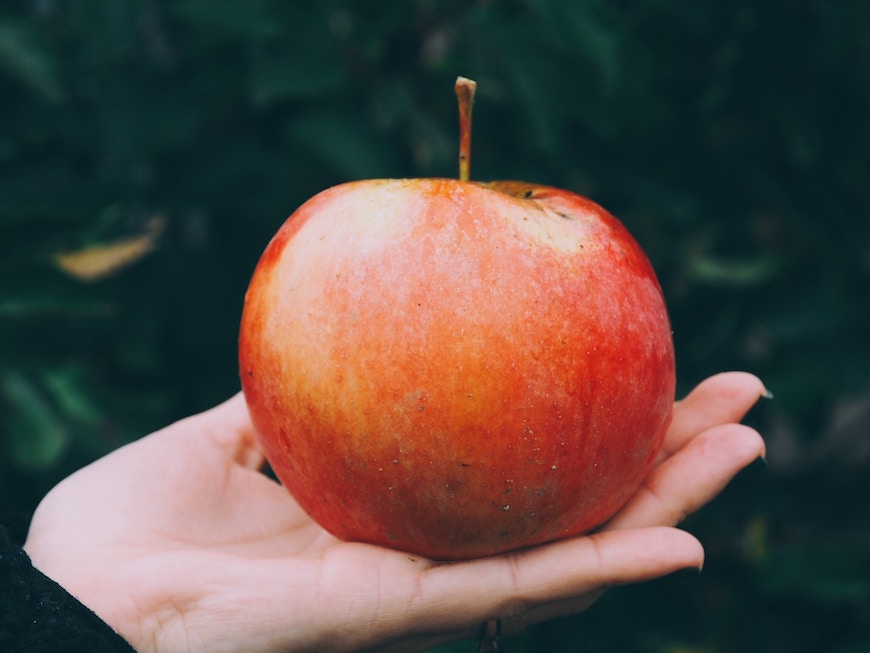
2. Keep fresh eats on hand 24/7—visibly
You lay out your favorite workout outfit and sneakers the night before to give you that extra oomph to hit up spin class the next morning. So why not take the same approach to snacking?
“Make fruits and vegetables more visible on a daily basis. Keep them at your desk at work, or put them in a decorative bowl in your kitchen or on your dining room table,” Ketcham says.
Pinpointing your usual snacking style is key, Ketcham says, since it's all about identifying and shifting habits. So if you're instantly ravenous every day at 3 p.m., keep carrots and hummus close by at work—or if a nighttime Netflix snack sesh is more your jam, grab some sugar snap peas or apple slices with cinnamon to satisfy a late-night craving for some crunch.
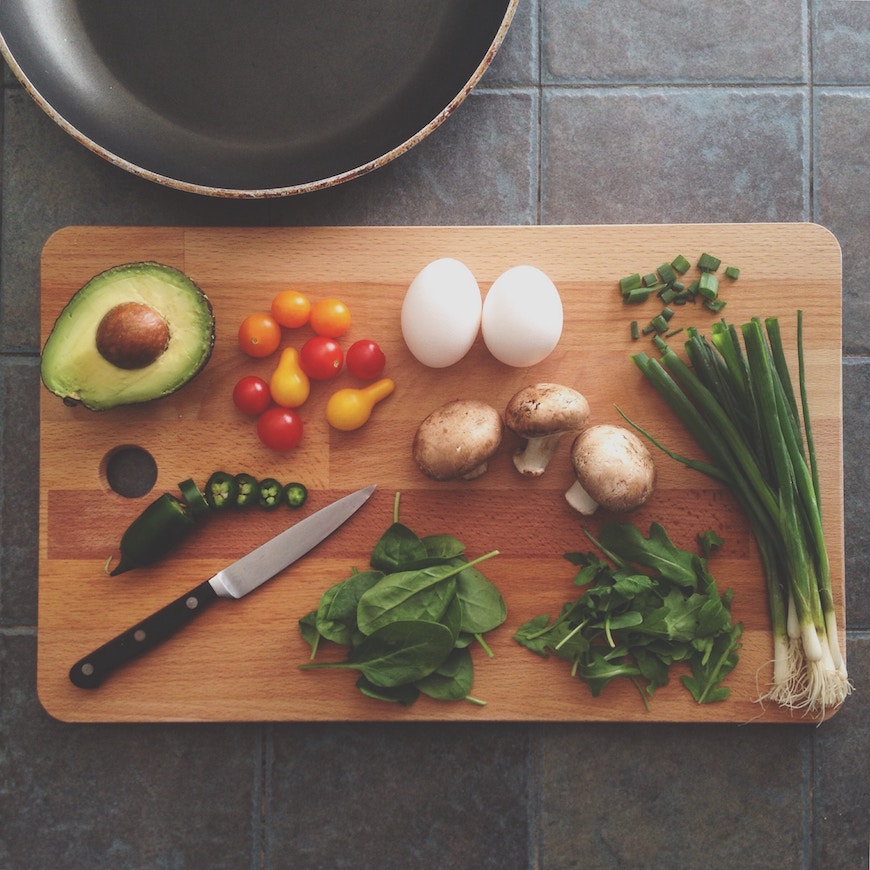
3. Tap time-saving shortcuts
Oh, you don't have four hours every Sunday to prep enough veggies to feed yourself for an entire week? (Same.) But according to Ketcham, that's okay.
“Go for convenience. Don’t be afraid of frozen or low sodium canned fruits and vegetables," she says. "They may get a bad rep compared to raw, fresh options, but the reality is that frozen or canned products are nutritious and may be easier to prepare." And if you prefer fresh veggies, pre-chopped varieties (like bell peppers or broccoli with dip) are totally game.
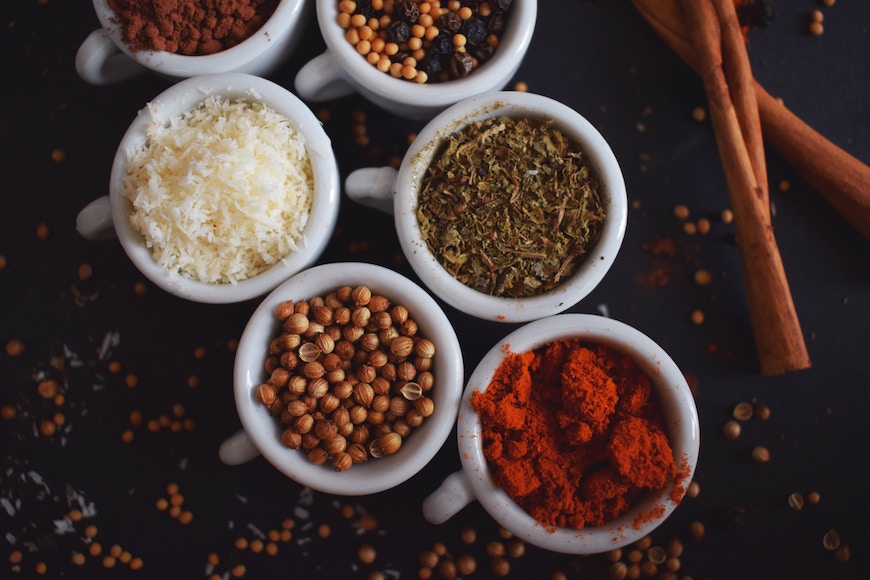
4. Avoid getting stuck in a flavor rut
Truth: After the sixth day of kale salad, it’s hard to eat another leafy green. The best cure for veggie-and-fruit fatigue? Switch things up—whether that means grabbing a new veggie you've never tried before at the farmer's market, tapping a new cooking technique, or trying a new recipe.
“It can be helpful to spend some extra time in the produce or frozen section at your grocery store and see what new produce catches your eye," recommends Ketcham. “In terms of fruit, pairing it with Greek yogurt [...] or throwing it on top of a spinach salad are different ways to enjoy it with additional flavor and variety."
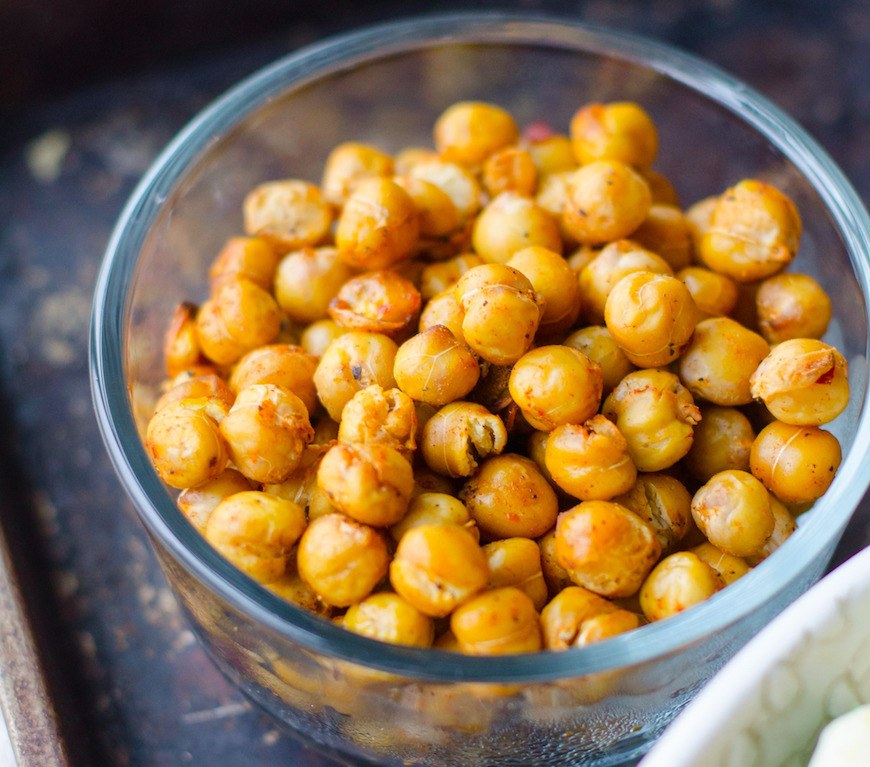
5. Choose snacks that are actually satisfying
“Protein, fiber, and healthy fat can all promote satiety,” Ketcham says. “In addition, consuming vegetables that have protein and contain healthy fat can keep you satiated longer.”
To wit: Munching on edamame at work or snacking on roasted chickpeas on-the-go pack a killer protein and healthy-fat combo. And speaking of healthy fats, avocados (in a salad, slathered on toast, mashed into a dip, pretty much everywhere) will never not be delicious. Snack time: served.
In partnership with HMR Weight Management
Loading More Posts...